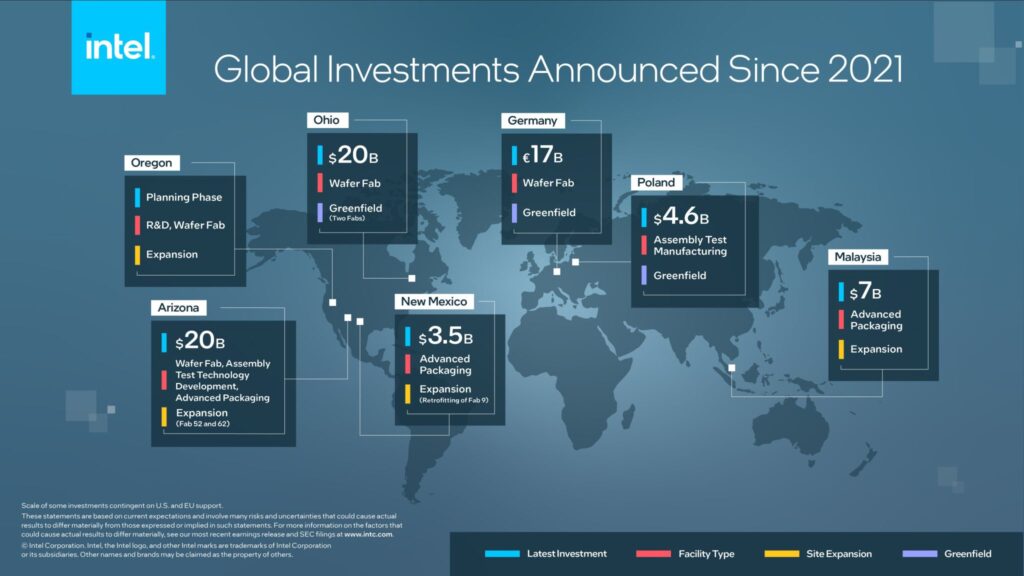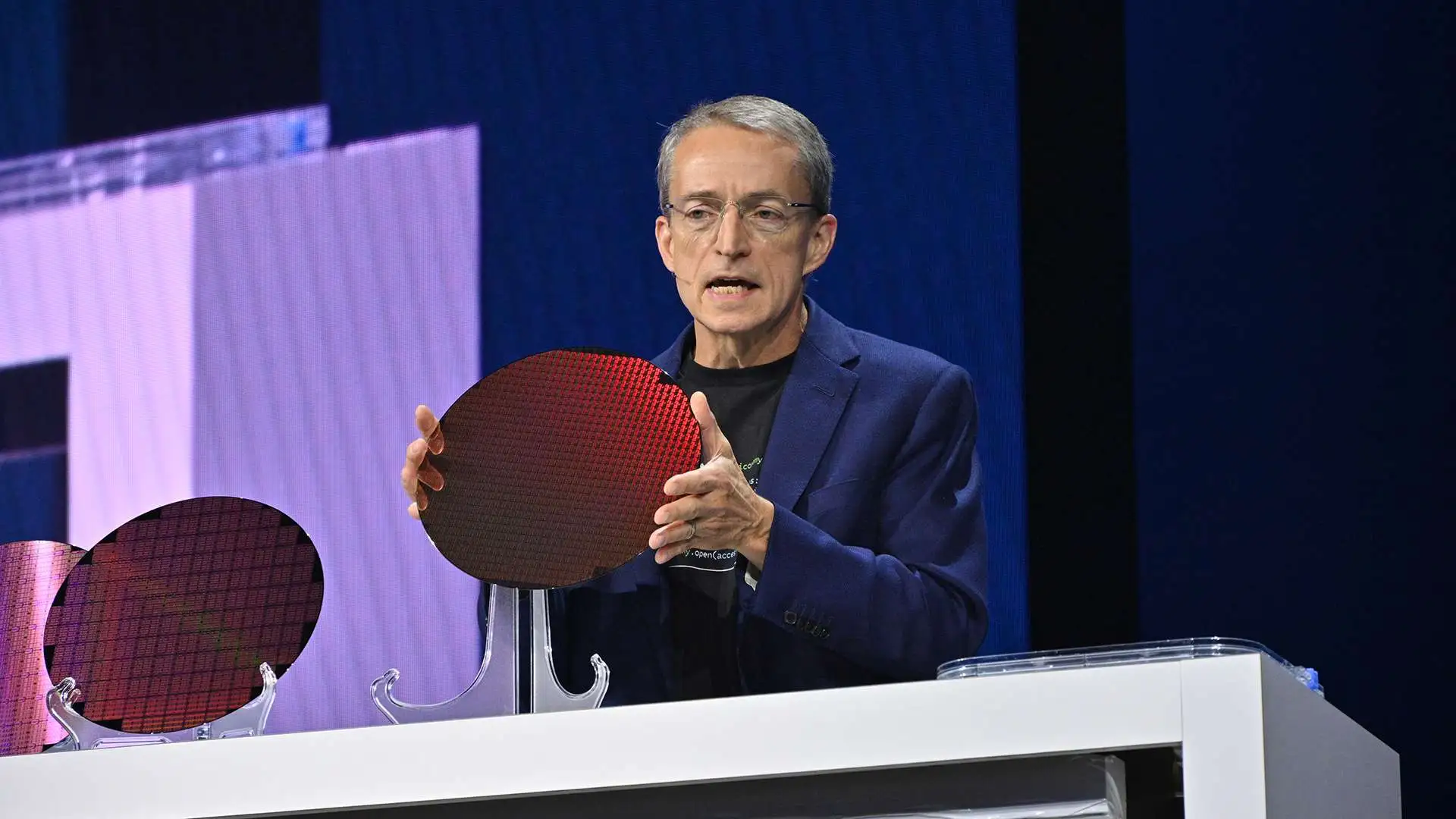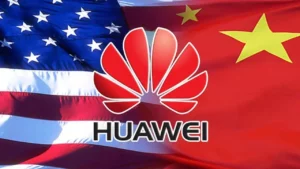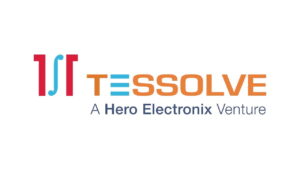Introduction:
Intel, one of the world’s leading semiconductor companies, has announced a delay in its ambitious $20 billion chipmaking project in Ohio. The delay comes amidst various market challenges and the slow distribution of U.S. grant money, impacting Intel’s initial timeline for construction and production.
Follow us on LinkedIn for everything around Semiconductors & AI
Background:
Originally slated to commence chip manufacturing next year, Intel’s project timeline has now been extended, with construction expected to conclude by late 2026. This setback, reported by the Wall Street Journal, reflects the complexities and uncertainties inherent in large-scale manufacturing projects.
“We are fully committed to completing the project, and construction is continuing. We have made a lot of progress in the last year,”
~Intel Spokesperson
Read More: How Intel AI PC Acceleration Program Plans to enable AI on More Than 100 Million PCs by 2025
Intel ohio project delay: Market Challenges
The company revised its first-quarter revenue forecast below market expectations due to uncertain demand for its chips in traditional server and personal computer markets. This decline coincided with a redirection of spending towards AI data servers, where competitors Nvidia and Advanced Micro Devices hold dominance, diminishing the demand for Intel’s traditional server chips, which are central to its data center offerings.

Intel’s decision to postpone the project is influenced by several factors. Uncertain demand in traditional markets, such as servers and personal computers, has prompted the company to revise its revenue forecasts for the first quarter. The increasing shift towards AI data servers, dominated by competitors like Nvidia and Advanced Micro Devices (AMD), has further contributed to subdued demand for Intel’s core data center offerings.
Read More: Intel Mobile Chips to Use 2 : nm node from TSMC by 2026: Report
Ohio project delay: Impact on Intel
The delay in the Ohio chipmaking project has implications for Intel’s strategic positioning in the semiconductor industry. While the company remains committed to completing the project, the extended timeline underscores the challenges it faces in adapting to evolving market dynamics and technological shifts.
The site, often hailed as Ohio’s most substantial private sector investment, is located 90 minutes from Dayton and approximately an hour from Springfield.
According to Intel, the company has recruited over 100 Ohioans, some of whom are undergoing training at its facilities in Arizona and Oregon. Presently, there are between 800 and 900 construction workers on-site in Ohio, with expectations to increase to several thousand by year-end.
Intel reports dedicating over 1.6 million work hours to the project, including:
- Pouring more than 32,000 cubic yards of concrete, equivalent to the capacity of a stadium.
- Installing 4,300 tons of rebar, roughly equivalent to the weight of 600 African elephants.
- Laying down 15,000 linear feet of underground pipe, almost the length of 700 parking spots end to end.
- Installing 210,000 linear feet of underground conduit, surpassing the area of more than 700 football fields.
Response from Intel:
Despite the setback, Intel remains dedicated to the project, emphasizing ongoing construction and highlighting significant progress achieved in the past year. According to an Intel spokesperson, managing large-scale projects often involves adjusting timelines in response to various factors.
Read More: 8 Takeaways from Intel UMC Collaboration
Conclusion:
Intel’s decision to postpone its $20 billion chipmaking project in Ohio highlights the complexities and uncertainties faced by semiconductor companies in today’s rapidly evolving market landscape. While the delay presents challenges for Intel, the company remains resilient in its commitment to innovation and adapting to emerging trends in the semiconductor industry.
As developments unfold, stakeholders will closely monitor Intel’s progress in navigating these challenges and delivering on its long-term strategic objectives.








